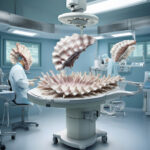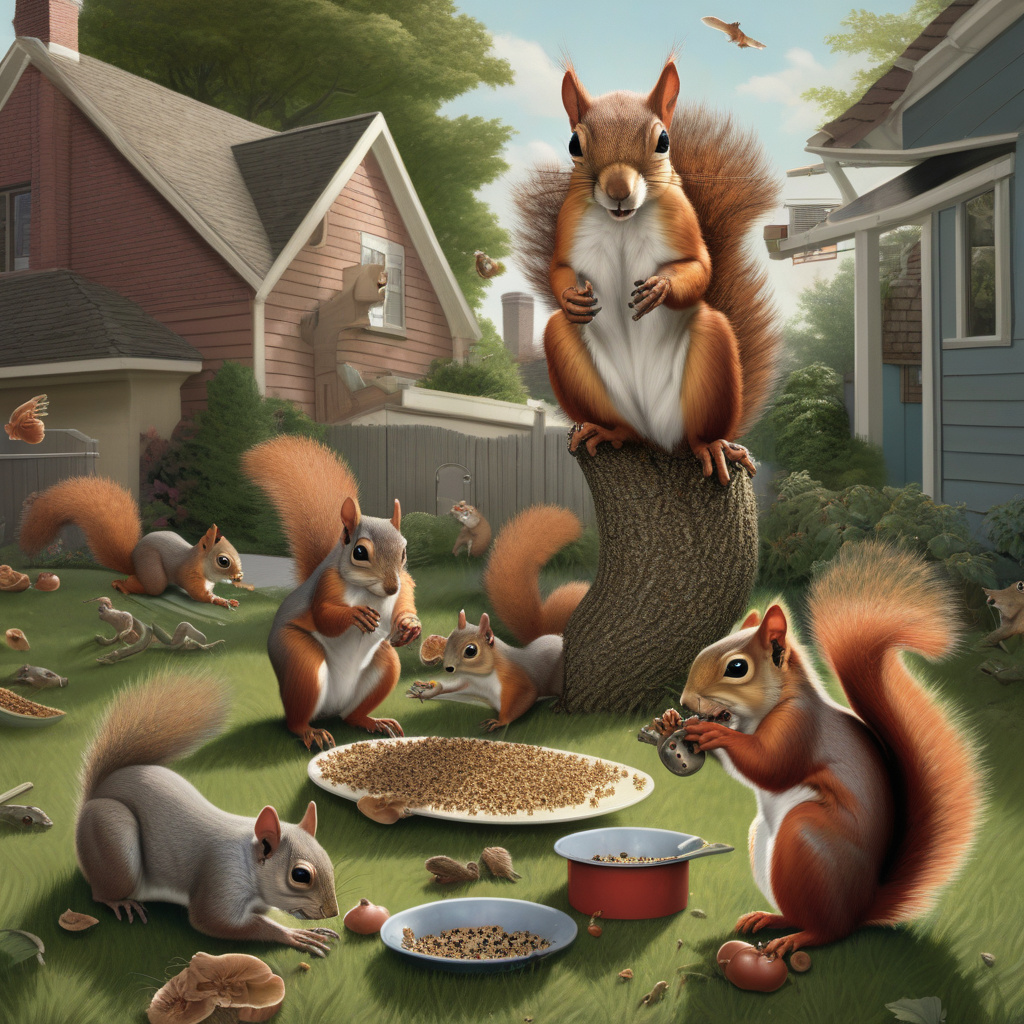Grotesque Squirrels with Oozing Tumors Invade US Backyards: Bird Feeders Blamed
Grotesque squirrels covered in tumors and oozing sores have been alarming residents across the US. These unsettling creatures have been spotted in backyards, parks, and urban areas, sparking concerns about the possible causes behind this disturbing phenomenon. While the sight of squirrels with such grotesque deformities is not entirely unheard of, the recent surge in reported cases has raised red flags among experts and wildlife enthusiasts alike.
One of the prevailing theories behind the surge in grotesque squirrels points to the bird feeders that are commonly found in residential areas. These feeders, often filled with seeds and nuts, attract not only birds but also squirrels looking for an easy meal. The overcrowding and competition at these feeding stations can lead to aggressive behavior among the squirrels, increasing the risk of injuries and the transmission of diseases. As a result, some of these squirrels may develop tumors and sores, further exacerbating their already precarious health conditions.
Furthermore, the quality of the food available at bird feeders may also play a role in the emergence of these grotesque squirrels. Low-quality or contaminated food sources can weaken the immune systems of squirrels, making them more susceptible to infections and diseases. In some cases, the seeds and nuts provided at bird feeders may be moldy or rancid, posing serious health risks to the wildlife that consume them.
The issue of grotesque squirrels with oozing tumors is not only a cause for concern from a wildlife conservation perspective but also raises questions about the potential risks to human health. While the transmission of diseases from squirrels to humans is rare, the sight of these disturbing creatures in residential areas can understandably trigger fear and anxiety among residents.
In response to the growing concerns about these grotesque squirrels, wildlife experts recommend taking proactive measures to address the root causes of the issue. This includes ensuring that bird feeders are properly maintained, cleaned regularly, and filled with high-quality food that is safe for wildlife consumption. By promoting responsible feeding practices and creating a healthy environment for squirrels and other wildlife, residents can help mitigate the risks associated with these deformities.
Ultimately, the invasion of grotesque squirrels with oozing tumors serves as a stark reminder of the interconnectedness of human activities and wildlife health. By being mindful of the impact of our actions on the natural world, we can strive to create a harmonious coexistence with the wildlife that shares our urban and suburban spaces.
#GrotesqueSquirrels, #OozingTumors, #WildlifeConservation, #BirdFeeders, #HumanHealth












